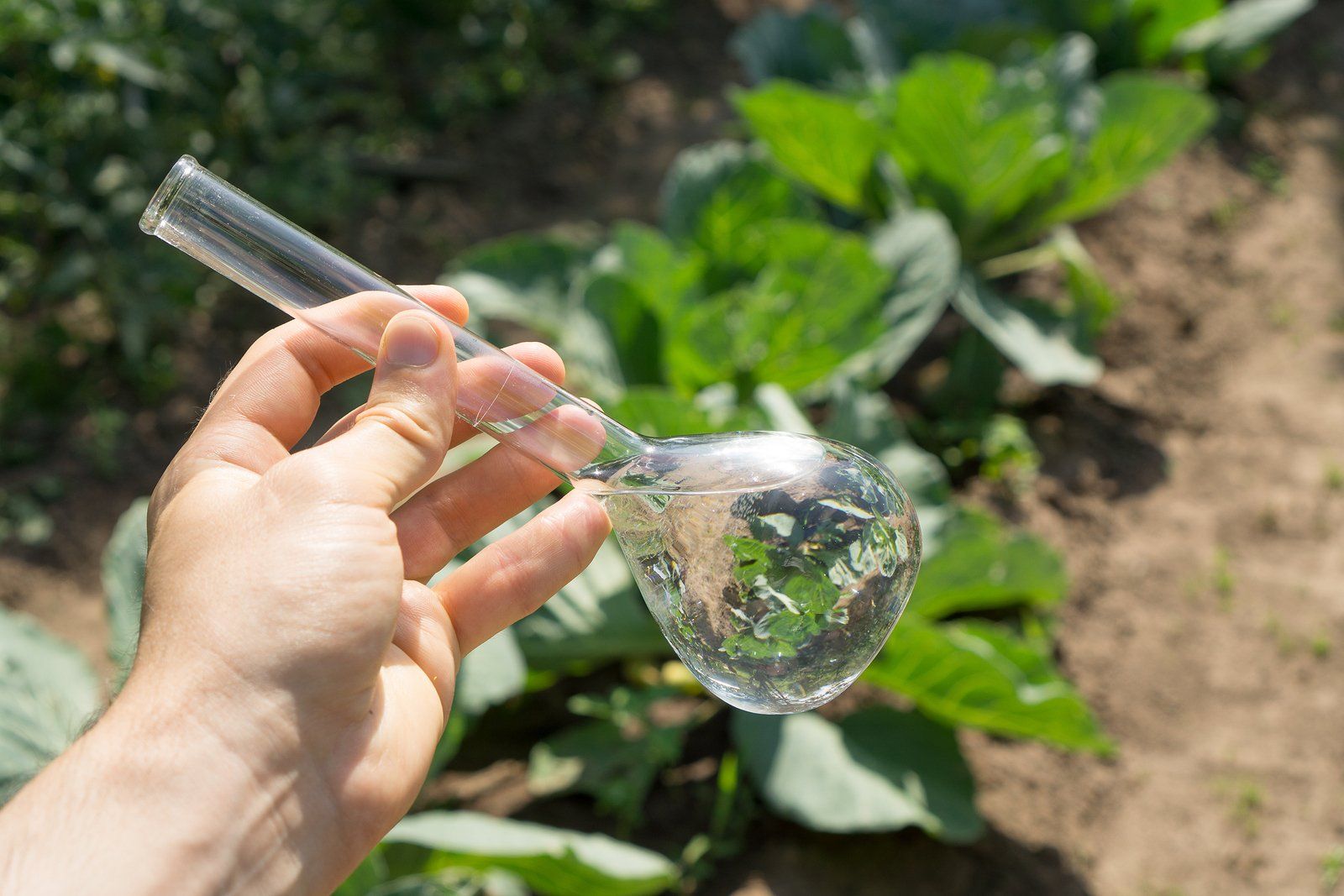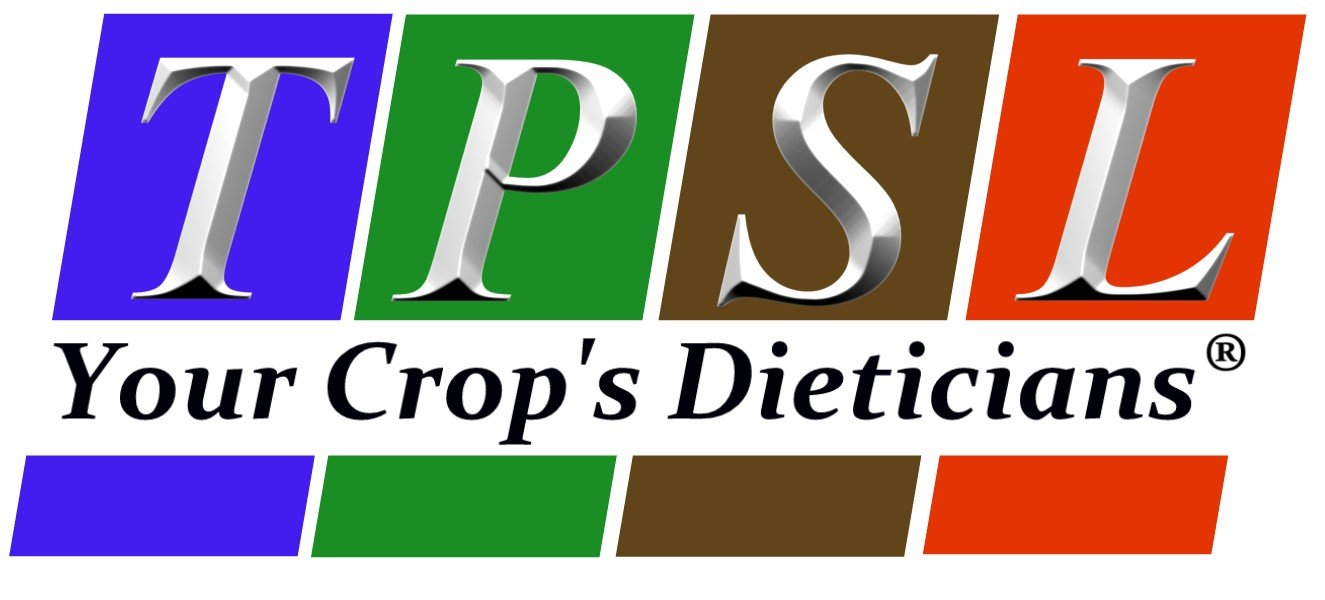Heavy Metal Testing in Agriculture
Safeguarding Soil, Crops, and Consumers

In the modern agricultural landscape, sustainability and safety are more critical than ever. Heavy metal contamination in soil and water can have profound consequences for crop health, food safety, and long-term soil fertility. Understanding the importance of heavy metal testing and how it can be incorporated into a farm management plan is essential for every grower.
This article explores the risks posed by heavy metals, the benefits of testing, and actionable steps to ensure your farming practices are both productive and responsible.
What Are Heavy Metals, and Why Do They Matter in Agriculture?
Heavy metals are naturally occurring elements with high atomic weights and densities. Some common examples include:
- Essential for Plant Growth: Zinc (Zn), Copper (Cu), Manganese (Mn)
- Potentially Harmful in High Concentrations: Lead (Pb), Cadmium (Cd), Arsenic (As), Mercury (Hg), Chromium (Cr)
While certain heavy metals like zinc and manganese are micronutrients necessary for plant growth, others, such as lead and cadmium, can be toxic to plants, animals, and humans even in trace amounts.
Sources of Heavy Metal Contamination
Heavy metal contamination in agriculture can stem from a variety of sources:
- Industrial Pollution: Proximity to factories or industrial waste disposal sites.
- Irrigation with Contaminated Water: Use of water sources polluted by heavy metals.
- Fertilizers and Pesticides: Some fertilizers, especially those derived from rock phosphate, and certain pesticides can introduce heavy metals into the soil.
- Organic Amendments: Biosolids and manure may also contain heavy metals if not properly processed.
- Atmospheric Deposition: Airborne pollutants settling on soil or water surfaces.
Why Should Farmers Test for Heavy Metals?
Heavy metal testing is a proactive step toward maintaining a safe and sustainable agricultural system. Here are several reasons why testing is vital:
1. Protect Crop Health
Heavy metals can interfere with plant metabolic processes, leading to:
- Reduced growth
- Poor yields
- Nutritional imbalances
2. Ensure Food Safety
Heavy metals can accumulate in edible plant parts, posing risks to human health. For example:
- Lead and cadmium are linked to kidney and bone diseases.
- Arsenic exposure can increase cancer risk.
3. Maintain Soil Fertility
Excessive heavy metals can alter soil pH, kill beneficial microbes, and degrade soil structure over time.
4. Regulatory Compliance
Many regions have strict limits on heavy metal content in agricultural products. Testing helps ensure compliance and avoids potential market restrictions.

How Is Heavy Metal Testing Performed?
1. Soil Sampling
Testing begins with representative soil samples. Collect samples from different sections of your field to account for variability. Composite samples are then sent to a laboratory for analysis.
2. Water Testing
If irrigation water is a potential source of contamination, testing its heavy metal content is equally important.
3. Crop Testing
Testing plant tissue or harvested produce provides direct insight into potential food safety issues.
Interpreting Test Results
Lab reports typically include the concentrations of heavy metals in parts per million (ppm) or milligrams per kilogram (mg/kg). Understanding these results requires comparison against established thresholds for:
- Soil health
- Irrigation water quality
- Food safety (e.g., Codex Alimentarius standards)
For example, the US EPA sets a maximum soil lead level of 400 ppm for residential areas, which is a useful reference for agricultural fields as well.
Mitigating Heavy Metal Contamination
1. Adjust Soil pH
Most heavy metals are more bioavailable in acidic soils. Liming to increase pH can reduce their uptake by plants.
2. Organic Matter Addition
Incorporating compost or biochar can bind heavy metals, making them less available to plants.
3. Phytoremediation
Certain plants, like sunflowers and mustard, are effective at extracting heavy metals from soil. After harvesting, these plants must be disposed of carefully to prevent recontamination.
4. Use Clean Inputs
Choose fertilizers, pesticides, and organic amendments with low heavy metal contents. Request certificates of analysis from suppliers.
5. Regular Monitoring
Consistent testing allows for early detection and timely intervention, minimizing long-term risks.
The Economic Benefits of Heavy Metal Testing
While testing represents an upfront cost, it often saves money in the long run by:
- Preventing yield losses
- Avoiding product recalls
- Securing access to premium markets
Heavy Metal Testing with TPS Lab
At TPS Lab, we specialize in comprehensive soil and crop testing services, including heavy metal analysis. Our expertise extends beyond testing to include actionable recommendations tailored to your farm’s unique needs. Here's how we can help:
- Fast turnaround times: Get results within a few days.
- Accurate and detailed reports: Easy-to-understand data with practical guidance.
- Ongoing support: Expert advice on remediation and prevention strategies.
Heavy metal testing is not just an environmental or regulatory concern; it is a cornerstone of responsible and sustainable farming. By identifying and mitigating risks, farmers can protect their crops, ensure food safety, and enhance soil health for future generations.
Ready to take the next step? Contact TPS Lab at info@tpslab.com or call us at 956-383-0739 to learn more about our heavy metal testing services and how we can support your agricultural journey.
Let’s work together to keep your soil, crops, and consumers safe—today and tomorrow.
TPS Lab's Blog



